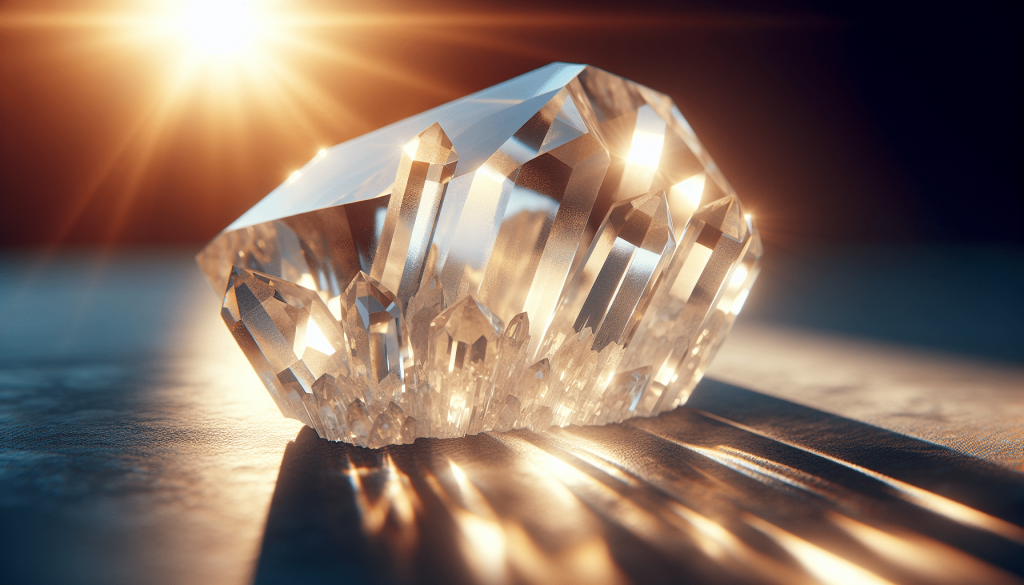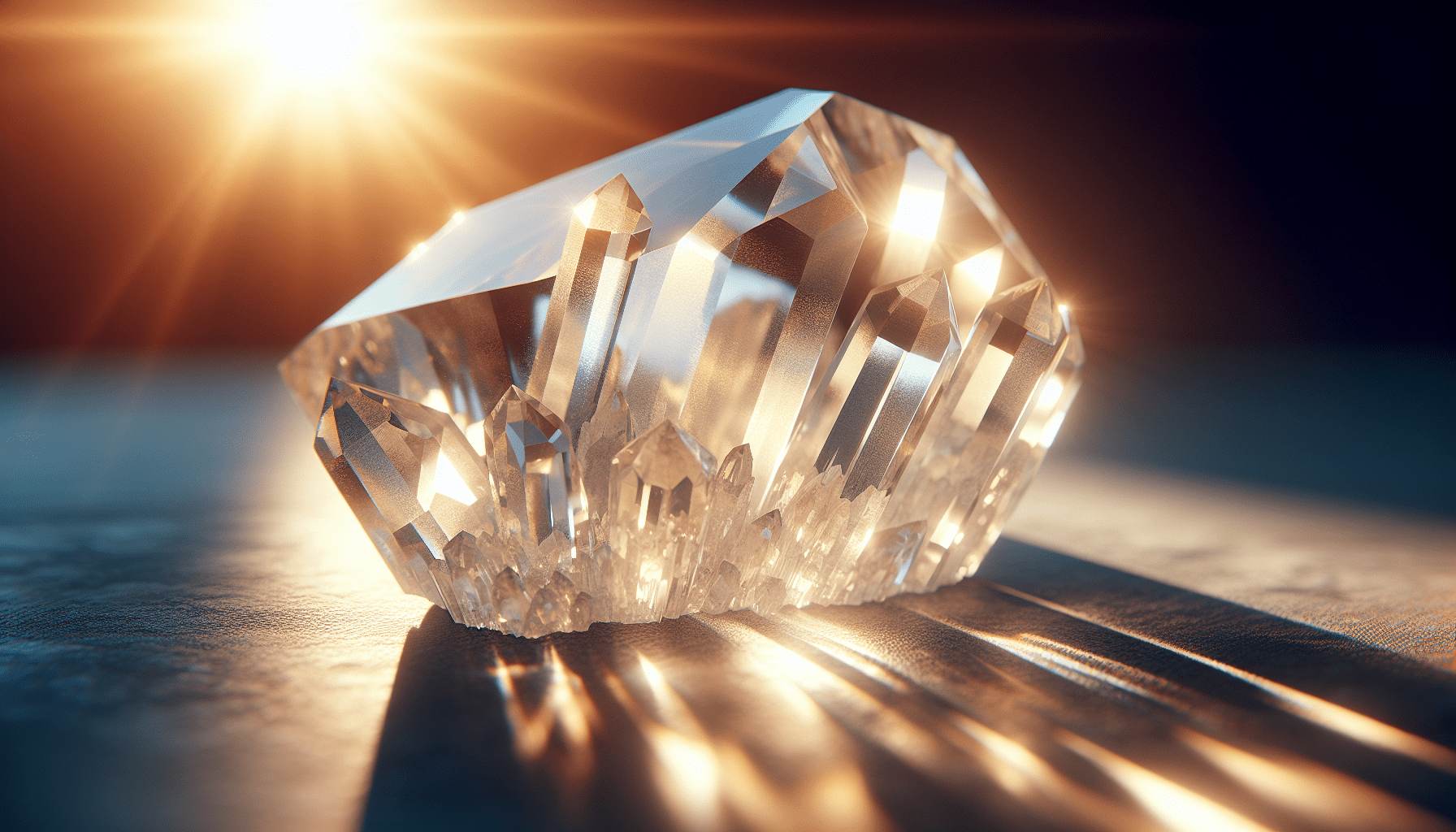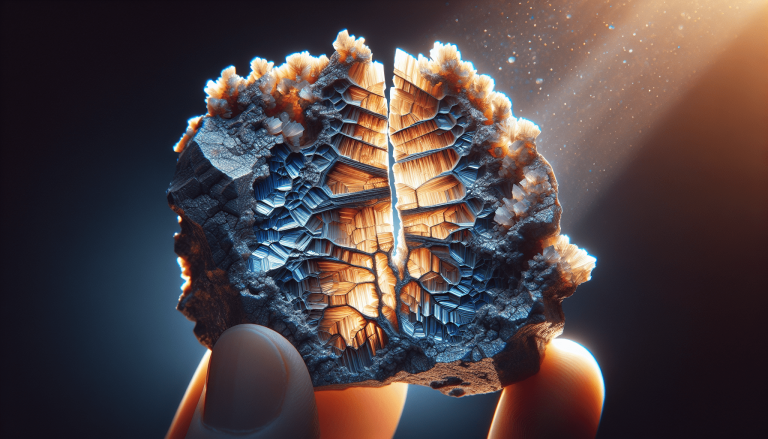Commonly Searched Questions About Mineral Chemical Properties
So, you’ve been hearing a lot about mineral chemical properties lately, but you’re not quite sure what it all entails? Well, you’re in luck because we’ve got the answers you’re looking for. In this article, we’ll be exploring some of the most commonly searched questions about mineral chemical properties, giving you a closer look at the fascinating world of minerals and their chemical composition. From understanding the importance of chemical properties to uncovering the factors that determine a mineral’s chemical composition, we’ll cover it all. So sit back, relax, and get ready to have all your burning questions answered. Let’s dive right in!

What are mineral chemical properties?
Definition of mineral chemical properties
Mineral chemical properties refer to the characteristics and behaviors of minerals that are related to their chemical composition. These properties provide valuable information about the elements or compounds that make up a mineral and their arrangement at the atomic level.
Importance of understanding mineral chemical properties
Understanding mineral chemical properties is crucial for various reasons. Firstly, it helps in identifying and classifying minerals. Different minerals have distinct chemical compositions, which can be determined through various tests and analyses. By knowing the chemical properties, scientists can identify and classify minerals accurately.
Additionally, mineral chemical properties play a significant role in studying the formation, structure, and behavior of minerals. The way minerals form and the relationships between their atoms are influenced by their chemical composition. By studying the chemical properties, scientists can gain insights into the geological processes that formed the minerals and understand their physical and chemical behavior under different conditions.
Furthermore, mineral chemical properties also have practical applications in various industries. For example, knowledge of the chemical properties of minerals is essential in mining and extracting valuable ores and determining their suitability for specific industrial applications.
What are the common chemical properties of minerals?
Luster
Luster refers to the way light interacts with the surface of a mineral. It describes the appearance of a mineral’s surface in terms of its shininess or reflectivity. There are several types of luster, including metallic, non-metallic, vitreous (glassy), pearly, silky, and earthy. The luster of a mineral can give clues about its composition and physical properties.
Color
Color is one of the most apparent properties of a mineral. However, it is not always an accurate indicator of a mineral’s identity since many minerals can occur in various colors. Nonetheless, color can still provide valuable information about the presence of certain chemical elements or compounds in a mineral.
Streak
Streak refers to the color of the powdered form of a mineral. By rubbing a mineral against a porcelain streak plate, a characteristic streak is produced. Streak color often differs from the color of the mineral itself. It can be useful in distinguishing between minerals with similar colors but different streaks.
Hardness
Hardness is a measure of a mineral’s resistance to scratching. It is determined by the type and strength of the chemical bonds between its atoms. The Mohs scale is commonly used to compare the hardness of different minerals, with diamond being the hardest mineral at the top of the scale.
Cleavage and Fracture
Cleavage refers to the tendency of a mineral to break along specific planes of weak atomic bonding, resulting in smooth and flat surfaces. Fracture, on the other hand, describes the breaking of a mineral without any specific pattern. Both cleavage and fracture are influenced by the internal atomic arrangement and chemical bonds within a mineral.
Specific Gravity
Specific gravity is the ratio of the density of a mineral to the density of a reference substance, usually water. It provides information about the relative weight or heaviness of a mineral. Specific gravity is influenced by the types and arrangement of atoms or molecules within a mineral.
Crystal System
The crystal system defines the geometric arrangement of atoms or ions in a crystal lattice. There are seven crystal systems: cubic, tetragonal, orthorhombic, monoclinic, triclinic, hexagonal, and trigonal. The crystal system of a mineral is determined by its chemical composition and the bonding patterns of its atoms.
How do mineral chemical properties affect their physical properties?
Relation between chemical composition and physical properties
Mineral chemical properties are closely linked to their physical properties. The types and arrangements of atoms or ions in a mineral determine its physical behavior, such as hardness, cleavage, density, and refractive index. For example, minerals with strong and rigid chemical bonds tend to have higher hardness, while those with weaker bonds exhibit lower hardness.
Examples of minerals with different chemical and physical properties
Different minerals illustrate the connection between chemical and physical properties. For instance, diamonds are composed of carbon atoms arranged in a tightly bonded lattice, giving them exceptional hardness. Quartz, on the other hand, is made up of silicon and oxygen atoms, resulting in a lower hardness compared to diamonds. The variation in chemical composition leads to diverse physical properties among minerals.
Why is luster an important mineral chemical property?
Definition and types of luster
Luster refers to the way light reflects off a mineral’s surface. It provides information about the optical properties of a mineral and its interaction with light. There are various types of luster, including metallic, which resembles the shine of metals, and non-metallic, which includes vitreous, pearly, silky, and earthy lusters.
How luster can indicate mineral composition
Different minerals exhibit distinct lusters due to variations in their chemical compositions. For example, minerals with metallic luster often contain metallic elements or compounds. On the other hand, non-metallic lusters are commonly associated with minerals that lack metallic elements. By observing the luster of a mineral, geologists and mineralogists can make initial determinations about its composition.

What is the role of color in mineral chemical properties?
Factors influencing mineral color
The color of a mineral can be influenced by several factors. One factor is the presence of specific chemical elements or compounds that absorb or reflect certain wavelengths of light, resulting in a particular color. Additionally, impurities or trace elements within a mineral can also impact its color. Even slight variations in chemical composition can lead to different colors in minerals.
Implications of color for identification and classification
While color alone is not a definitive indicator of a mineral’s identity, it can be useful in combination with other properties for identification and classification. For example, minerals with distinct colors, such as malachite’s vibrant green or sulfur’s characteristic yellow, can aid in their recognition. Color can also be used to differentiate between minerals with similar physical properties but different chemical compositions.
How does streak relate to mineral chemical properties?
Explanation of streak and its significance
Streak refers to the color of a mineral’s powdered form when rubbed against a rough surface, such as a streak plate. It is often different from the color of the mineral itself. Streak color is determined by the presence of specific compounds or minerals within the larger mineral. It can provide important clues to assist in mineral identification.
How streak can help determine mineral composition
The color of the streak helps identify the presence of certain minerals or compounds. For example, some minerals produce a reddish-brown streak due to the presence of iron oxides, while others may leave a white or colorless streak. By comparing the observed streak color with known streak colors of minerals, one can make inferences about the mineral’s composition.
Why is hardness a crucial mineral chemical property?
Definition and measurement of mineral hardness
Mineral hardness refers to a mineral’s resistance to scratching or abrasion. Hardness is measured using the Mohs scale, which ranks minerals from 1 (softest) to 10 (hardest). For example, talc has a hardness of 1, while diamond has a hardness of 10. The scale is based on the ability of one mineral to scratch another.
Relation between chemical bonds and hardness
The hardness of a mineral is influenced by its chemical bonding. Minerals with strong chemical bonds, such as diamonds with their tightly bonded carbon atoms, exhibit high hardness. Conversely, minerals with weaker bonds experience easier breakage and have lower hardness. The arrangement and type of chemical bonds within a mineral determine its resistance to deformation.
What is the significance of cleavage and fracture in mineral chemical properties?
Difference between cleavage and fracture
Cleavage and fracture both refer to how minerals break, but they differ in terms of the pattern and quality of the breakage. Cleavage is the tendency of a mineral to break along distinct planes of weak atomic bonding, resulting in smooth and flat surfaces. Fracture, on the other hand, describes irregular and rough breaks without specific planes.
Factors determining cleavage and fracture in minerals
Cleavage and fracture in minerals are influenced by the internal atomic arrangements and the strength of chemical bonds. Minerals with well-developed cleavage planes have weaker bonds along those planes, making them prone to splitting along those directions. On the other hand, minerals with strong and evenly distributed bonds tend to exhibit fracture when they break.
How does specific gravity relate to mineral chemical properties?
Definition and calculation of specific gravity
Specific gravity is the ratio of the density of a mineral to the density of a reference substance, usually water. It is calculated by dividing the weight of a given volume of the mineral by the weight of an equal volume of water. This measurement provides insights into the relative density or heaviness of the mineral.
Relation between specific gravity and mineral composition
Specific gravity is influenced by the types and arrangement of atoms or molecules within a mineral. For example, minerals with higher atomic masses or denser packing tend to have higher specific gravities. Thus, specific gravity can help distinguish between minerals with similar appearances but different chemical compositions.
What is the connection between crystal system and mineral chemical properties?
Explanation of crystal systems
Crystal systems categorize minerals based on their internal atomic arrangements and symmetry. There are seven crystal systems: cubic, tetragonal, orthorhombic, monoclinic, triclinic, hexagonal, and trigonal. Each system represents a unique geometric arrangement of atoms or ions within a crystal lattice.
How crystal system reflects atomic arrangement and chemical bonding in minerals
The crystal system of a mineral is determined by its chemical composition and the arrangement of atoms or ions within its structure. Different crystal systems result from different bonding patterns and atomic arrangements. For example, minerals with cubic crystal systems have symmetrical, cube-like arrangements, while those with hexagonal systems possess six-fold symmetry. The crystal system provides insights into the internal connectivity and bonding within a mineral.







